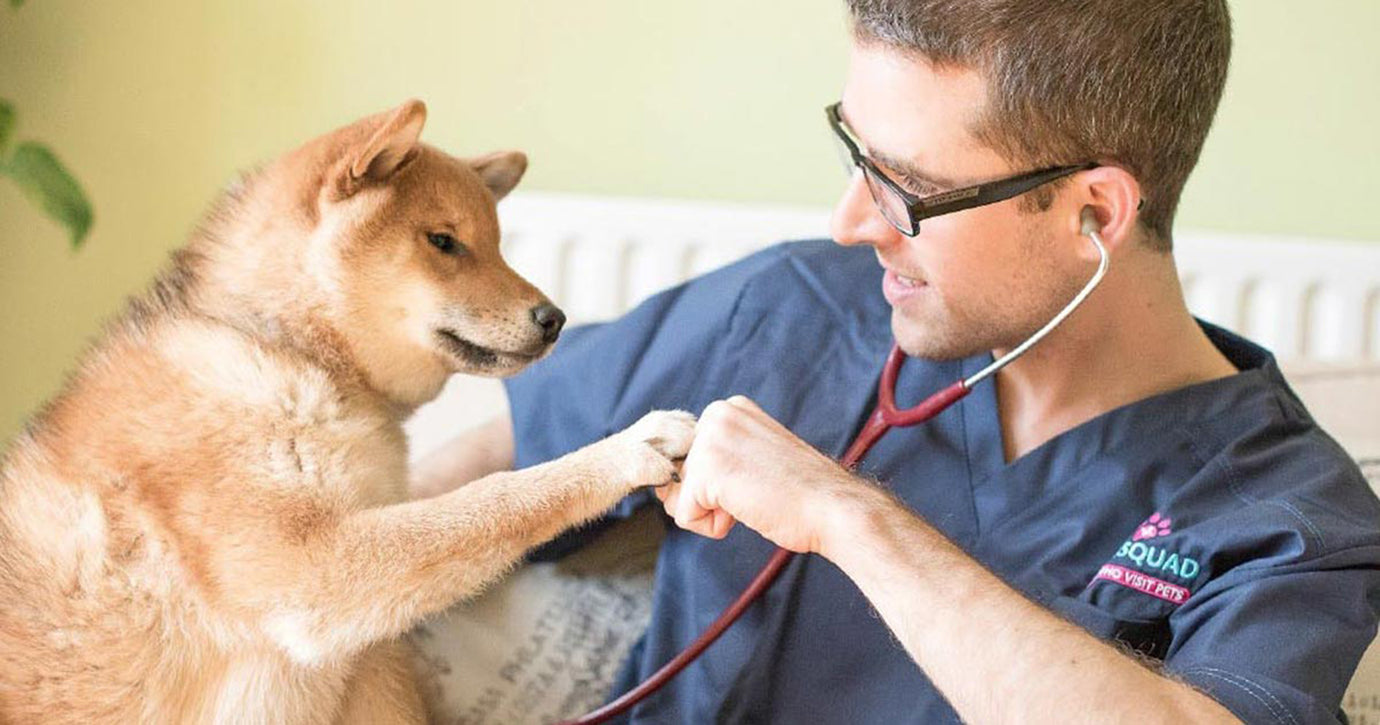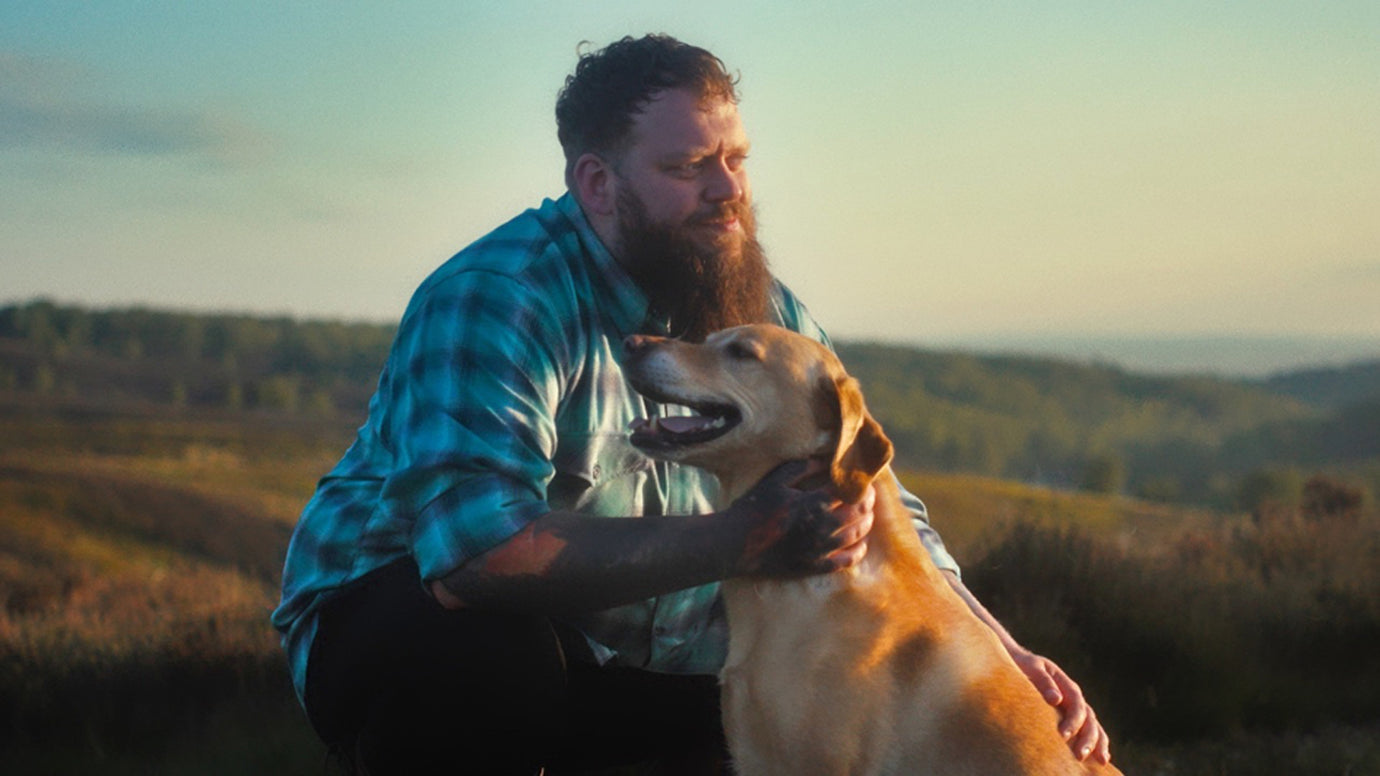Dogs and humans are very closely connected as species, with a long history of symbiotically living together to enhance the chances of survival of both species.
It is fair to say that dogs and humans know each other very well as we have evolved together for so long, and domestic dogs actually moderate their own behaviours and key methods of communication in order to be more easily understood by us as humans. However, we often misinterpret the things our dogs are trying to tell us and sometimes wonder what our dogs are thinking when they do certain things that make little sense to us as people - and this can naturally lead to wondering what dogs think about in general, what goes through their heads, and how they view and interpret the parameters of their day to day lives. Whilst there is a limit to how well we can understand what is going on in the mind of any dog (or person) and you are unlikely to be able to pinpoint what your dog is daydreaming about if they appear to be thinking hard about something, we do at least have a basic understanding about the types of things that occupy our dogs’ minds. If you have ever wondered what sort of things dogs think about, this article is for you. Read on to learn more about what dogs are thinking, and what type of thoughts occupy their minds.
Food
Dogs as a whole are very food-oriented animals, which can be both an advantage - because food can make training easier, or help your dog to swallow a pill - and a disadvantage, because most dogs are very undiscerning about what they eat! The canine obsession with food and ability to eat well beyond the point of satiety is an evolutionary drive that helps dogs to weather leaner periods by eating when the opportunity arises in expectation of harder times to come. This means that one of the things that dogs think about a lot is food - what they like, what they have tasted recently, what might be next on the menu, and when their next meal will be served.
People
Dogs love people and form strong bonds with them, and they also think about people a lot too, perhaps as much as if not more than they think about food. Scientific research on dogs, bonding and emotions has determined that when a dog scents or sees a favourite person, the reward centres of their brains are activated, generating feelgood emotions that correlate with the dog’s views on the person in question. Because dogs view people as positive things in their life particularly when it comes to individual people that the dog loves - they tend to think about people a lot, and will probably miss you when you are out for longer than normal, or if you go away for a while.
Processing facial features
Dogs use their scenting abilities to assist with recognition, and scent is often the first cue that a dog picks up to provide them with information about a person. However, dogs are also very good at recognising human faces, telling different faces apart, and interpreting facial expressions too. Dogs can recognise people that they know well by their facial features, and this finding has even been replicated with pictures and videos of people, which reinforces the claim that this recognition is not based on scent alone. Additionally, dogs can also pick up on similarities between the facial features of people who are closely related - so if you look a lot like one of your siblings, you might find that your dog takes to them quickly from the first time they meet them!
Your dog’s dreaming mind
Dogs have dreams, as do humans and other mammals too, and dreaming is an essential part of a full sleep cycle and something that your dog undergoes every night. Most of us have seen our dogs twitching or moving around in their sleep clearly in the middle of a very detailed dream, and some dogs even make running or scrabbling motions with their paws when dreaming too, which indicates that they are dreaming about chasing something or running around! Like human dreams, dogs don’t tend to have a huge degree of control over what they dream about or why, but dogs are likely to live rich, detailed dream-scapes that integrate snippets of the familiar and reassuring with the confusing and unsettling - such as meeting another dog that proves to be unfriendly. If your dog is in the middle of a dream, try not to wake them even if they are having a nightmare. This interrupts the dog’s sleep cycle and has an impact on how rested they will feel, so a dreaming dog is best left to their own devices and not interrupted!
(Article source: Pets 4 Homes)






